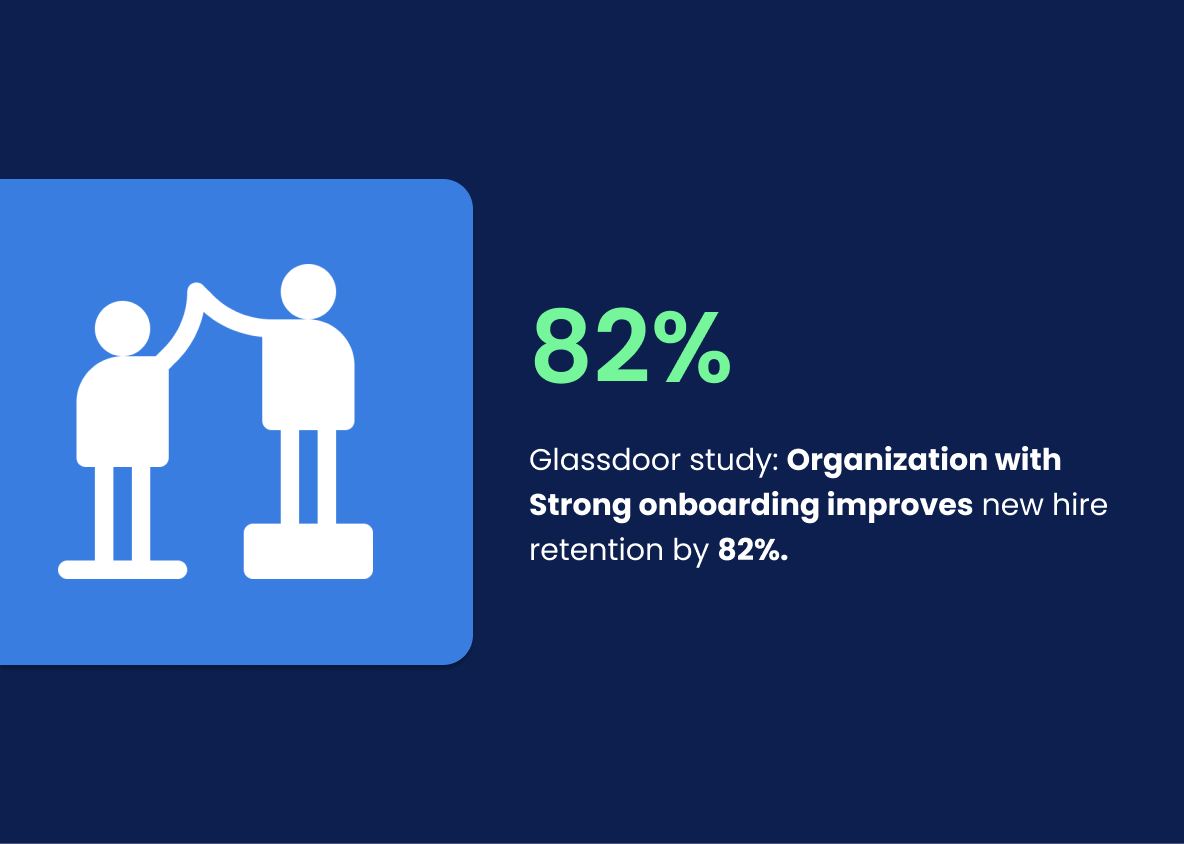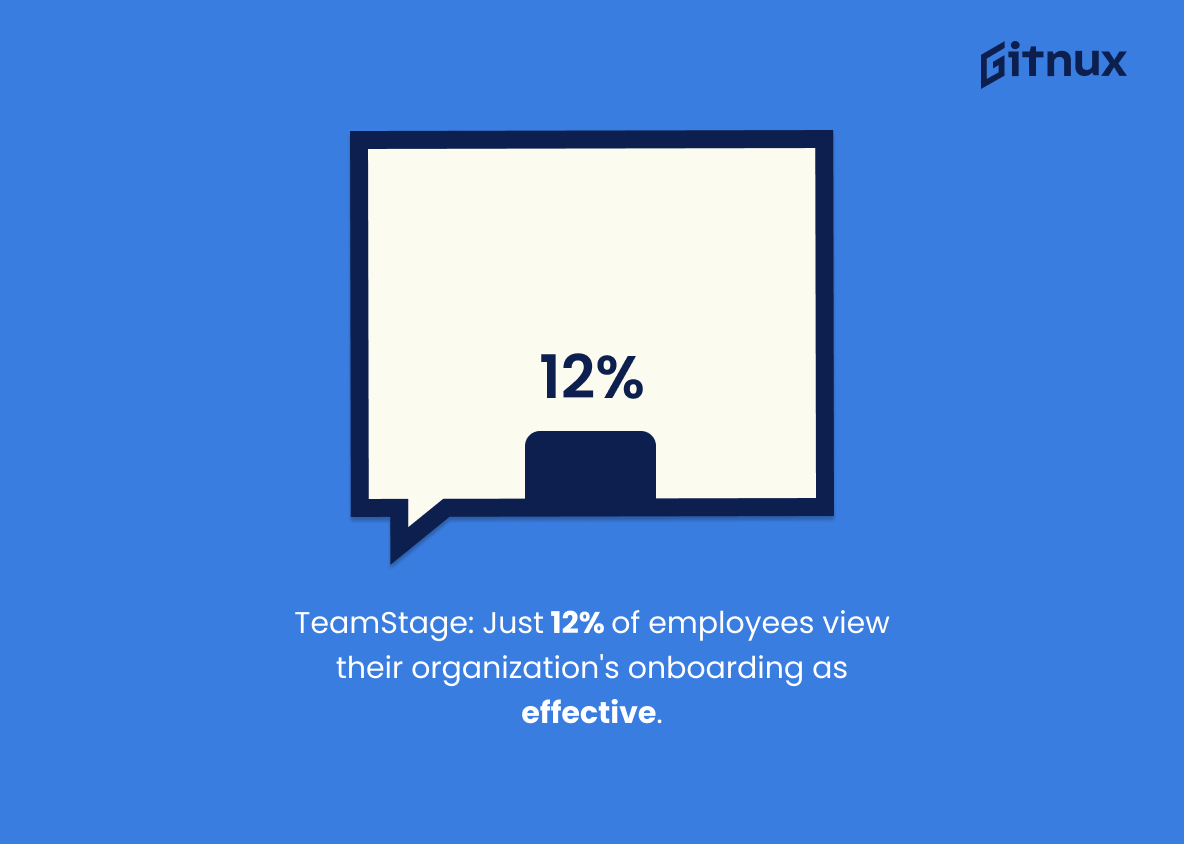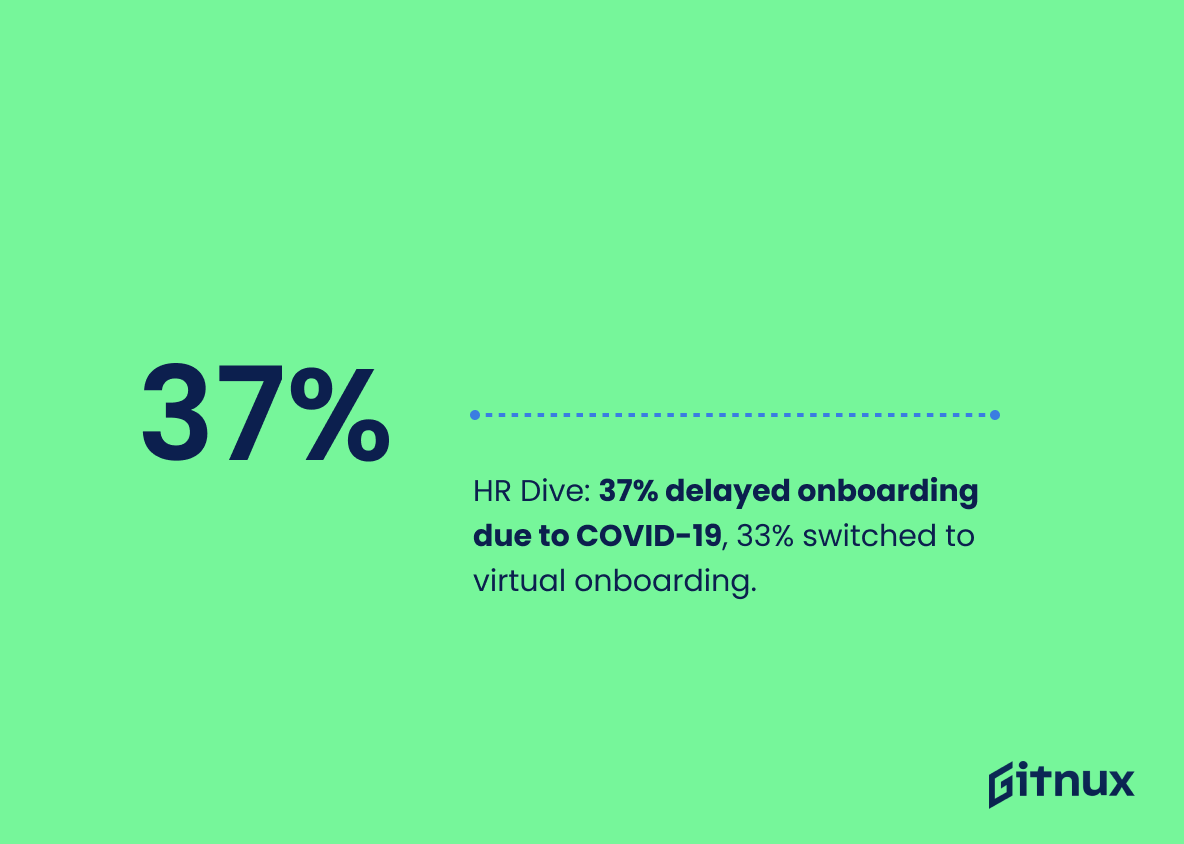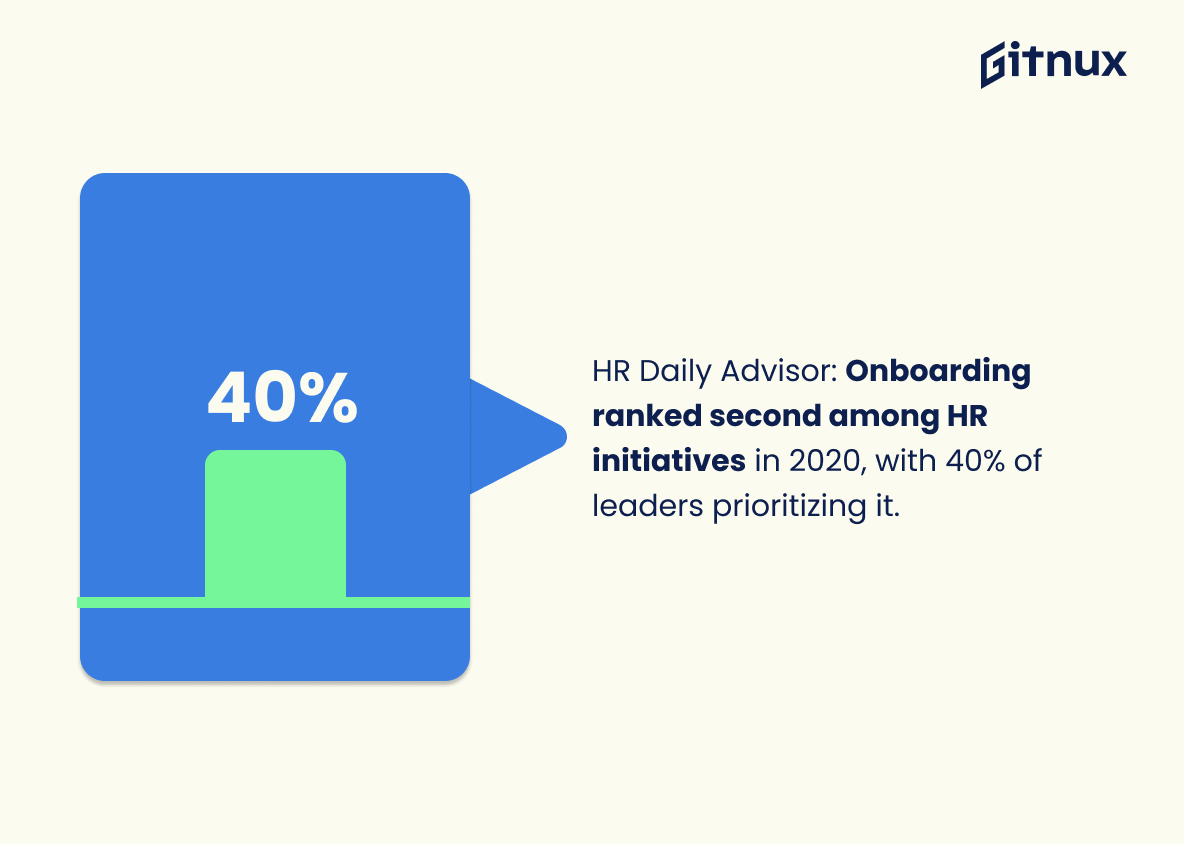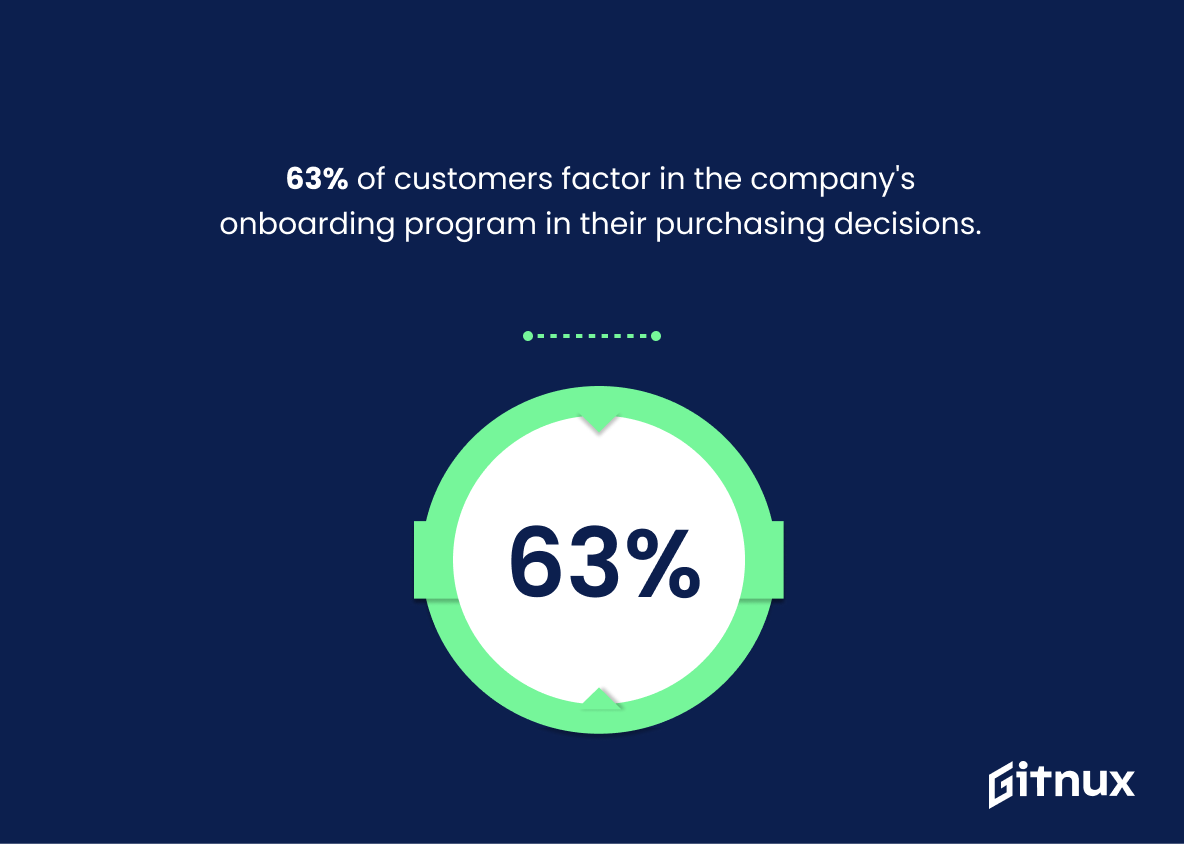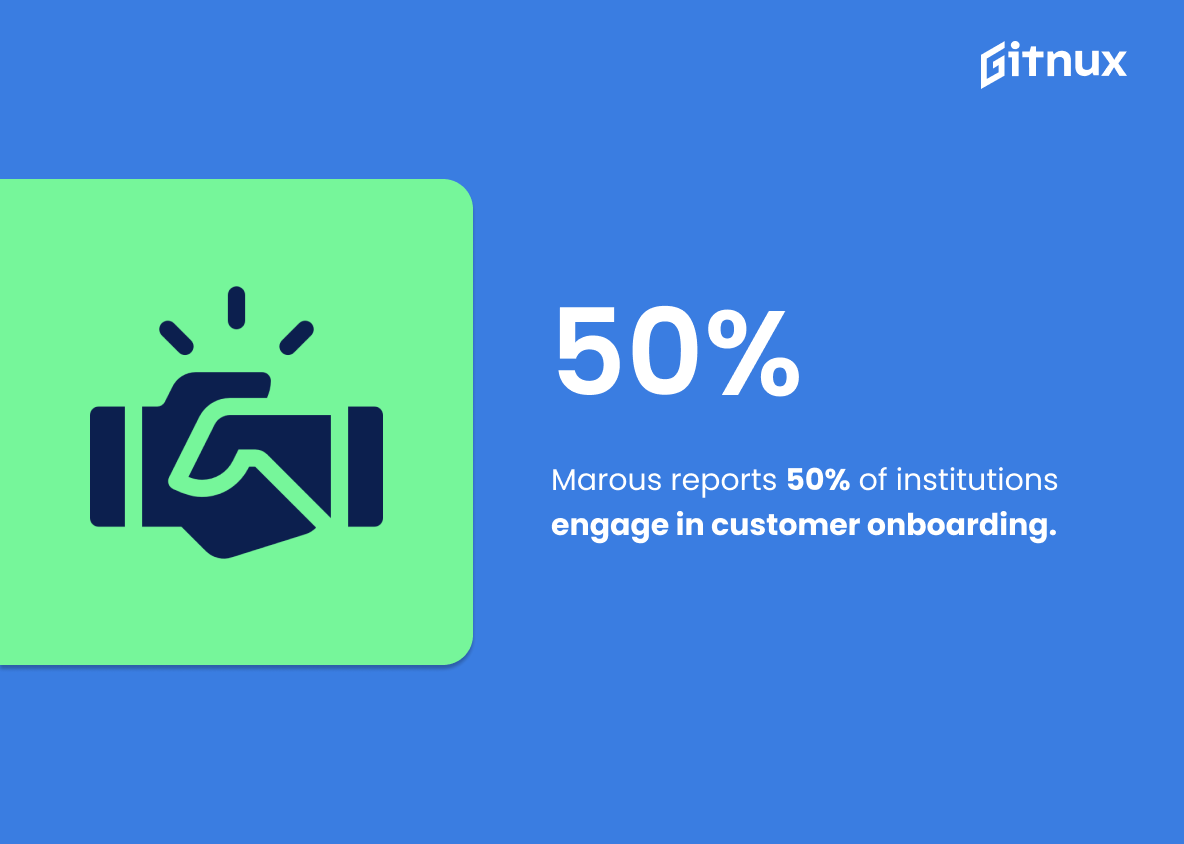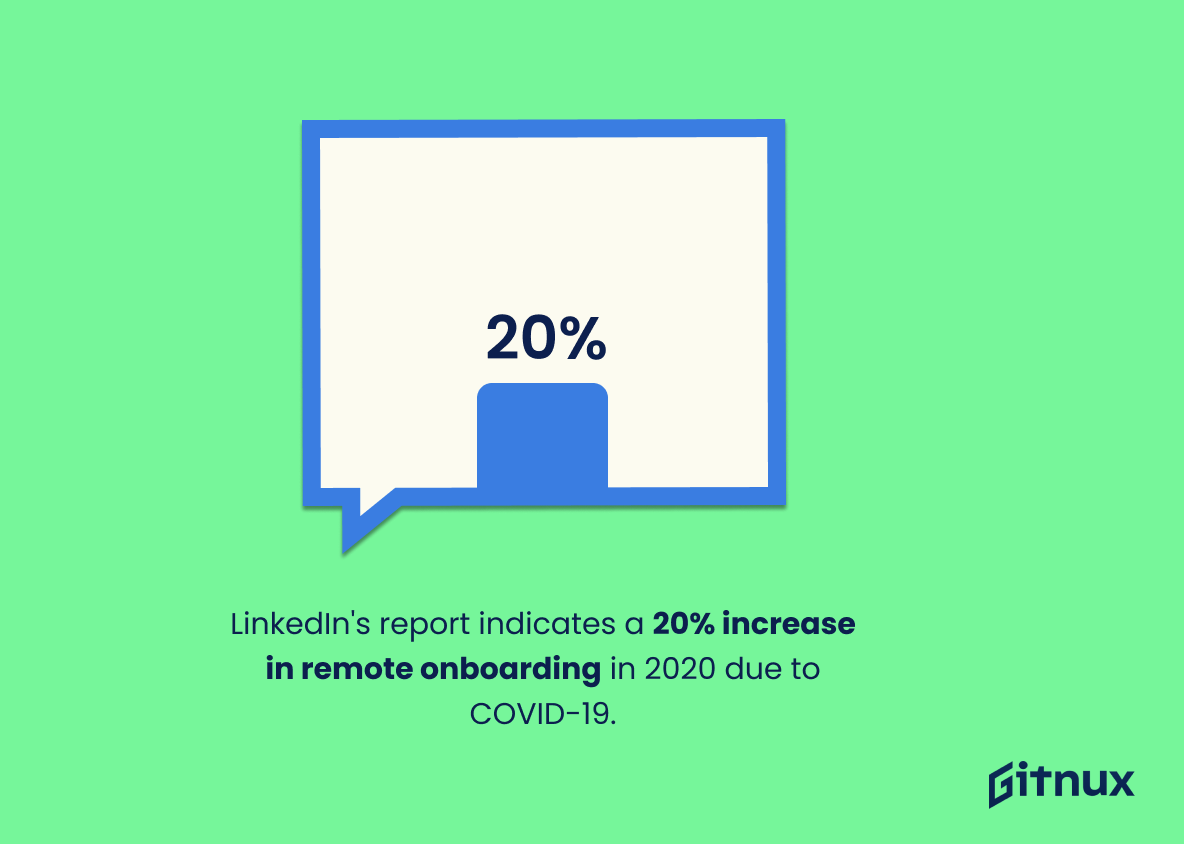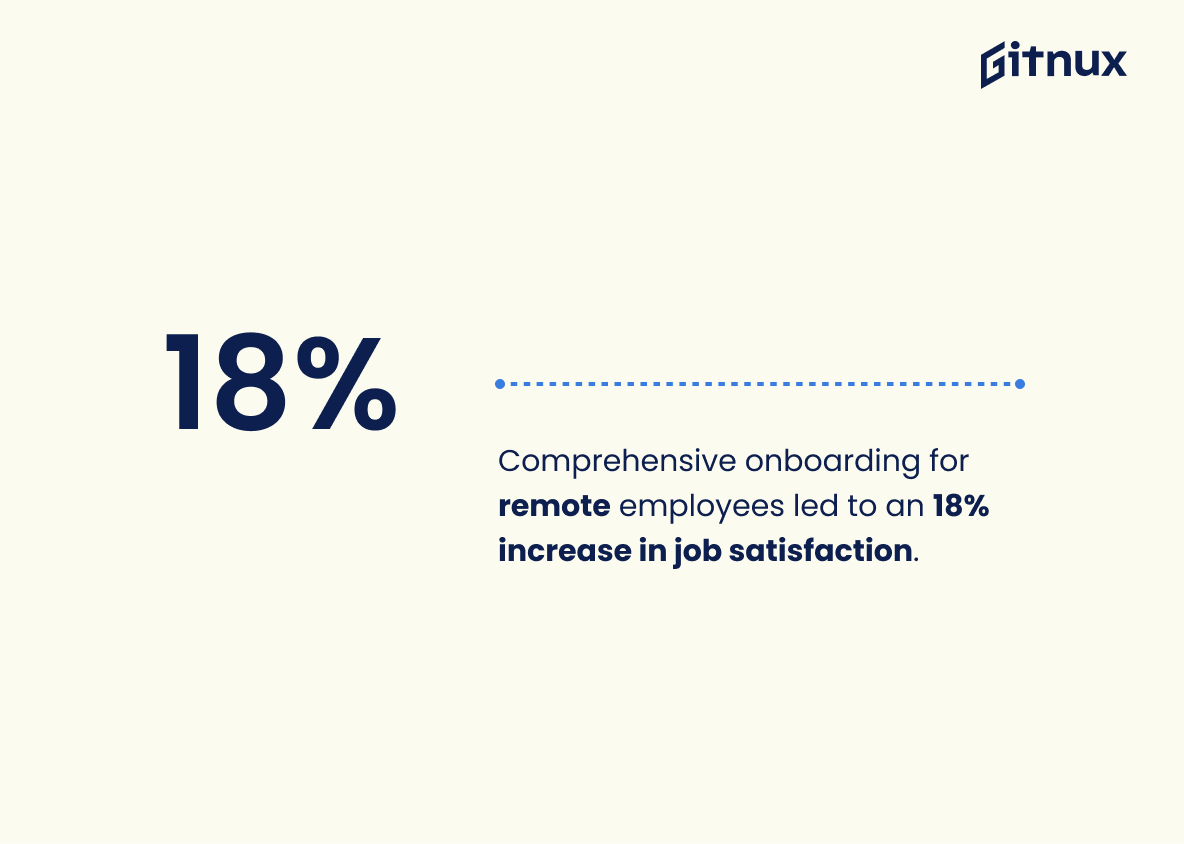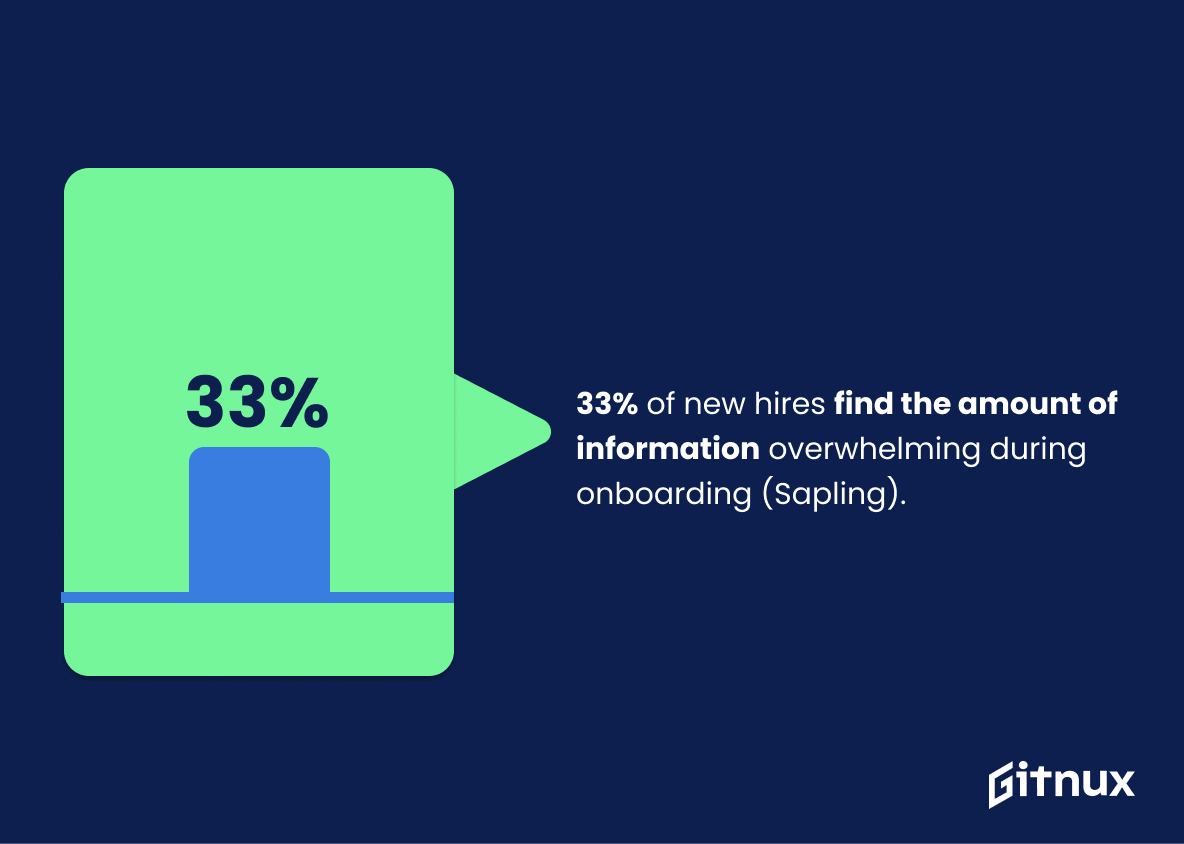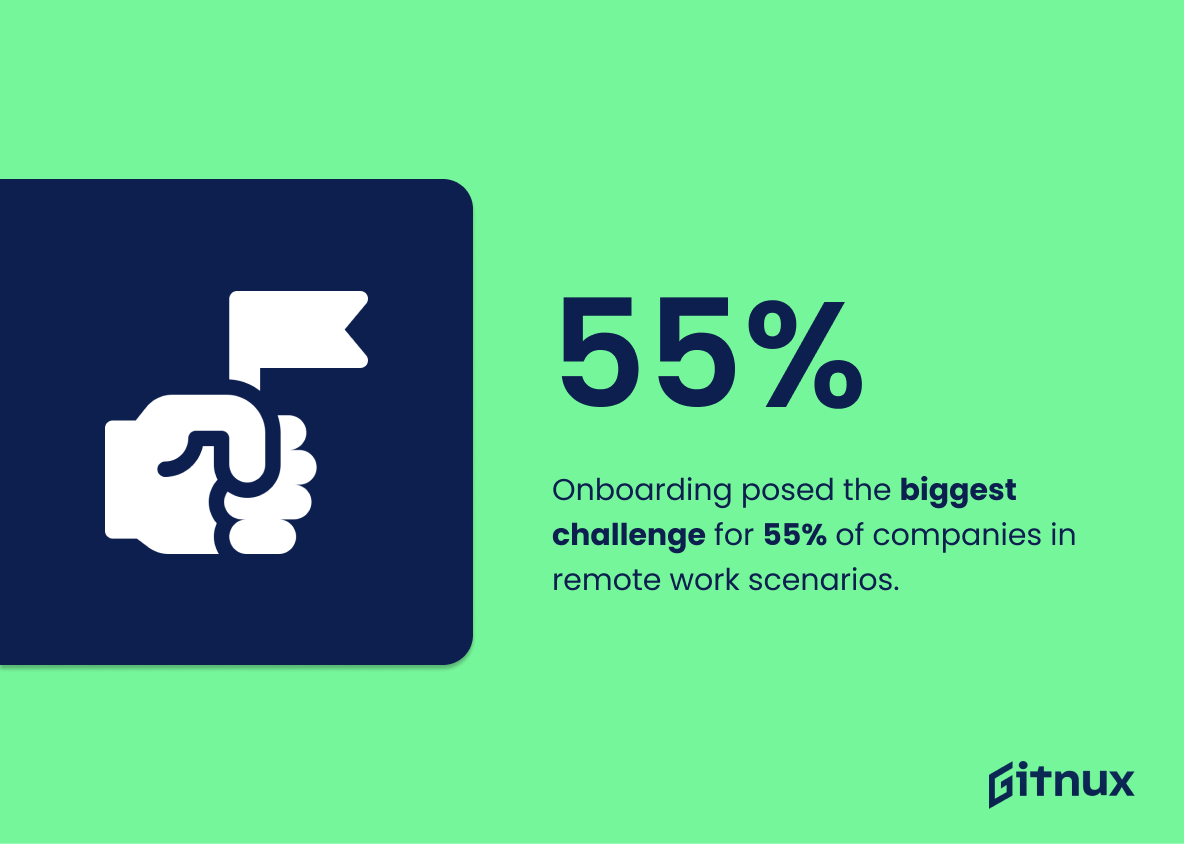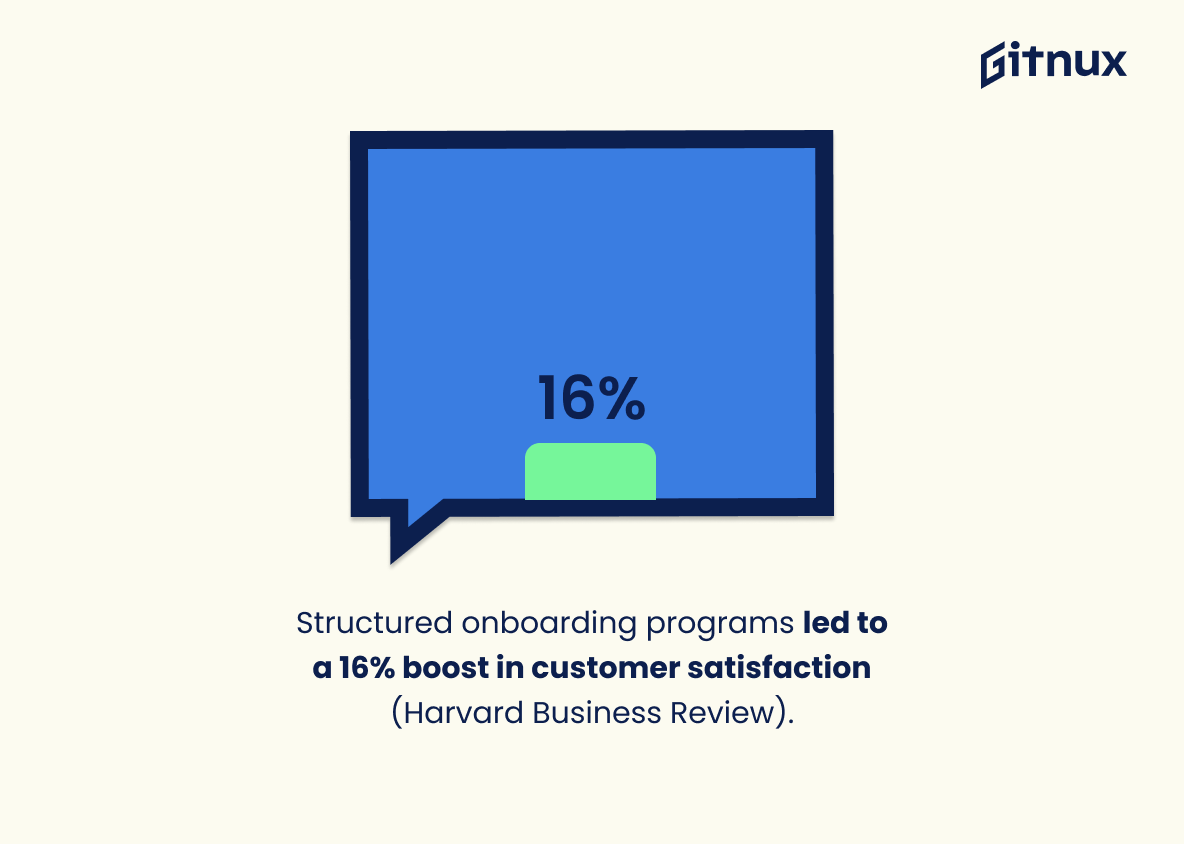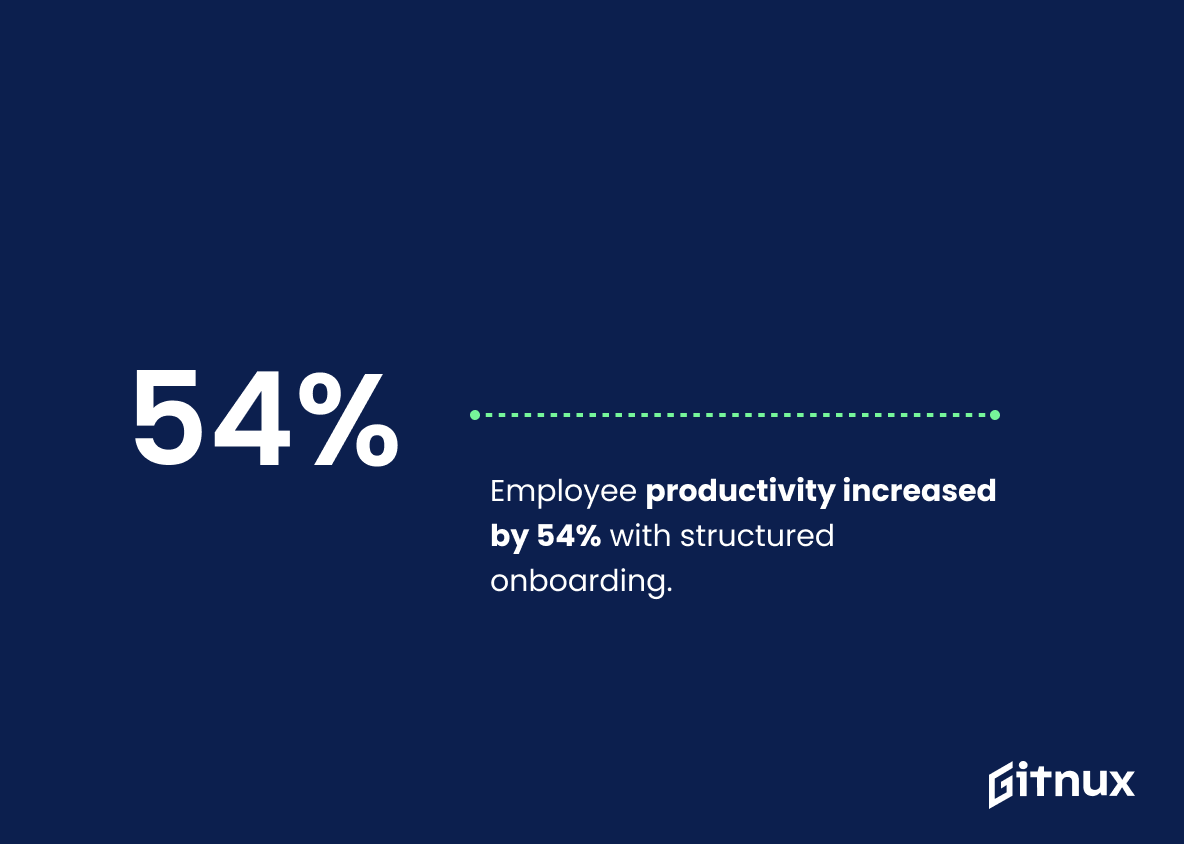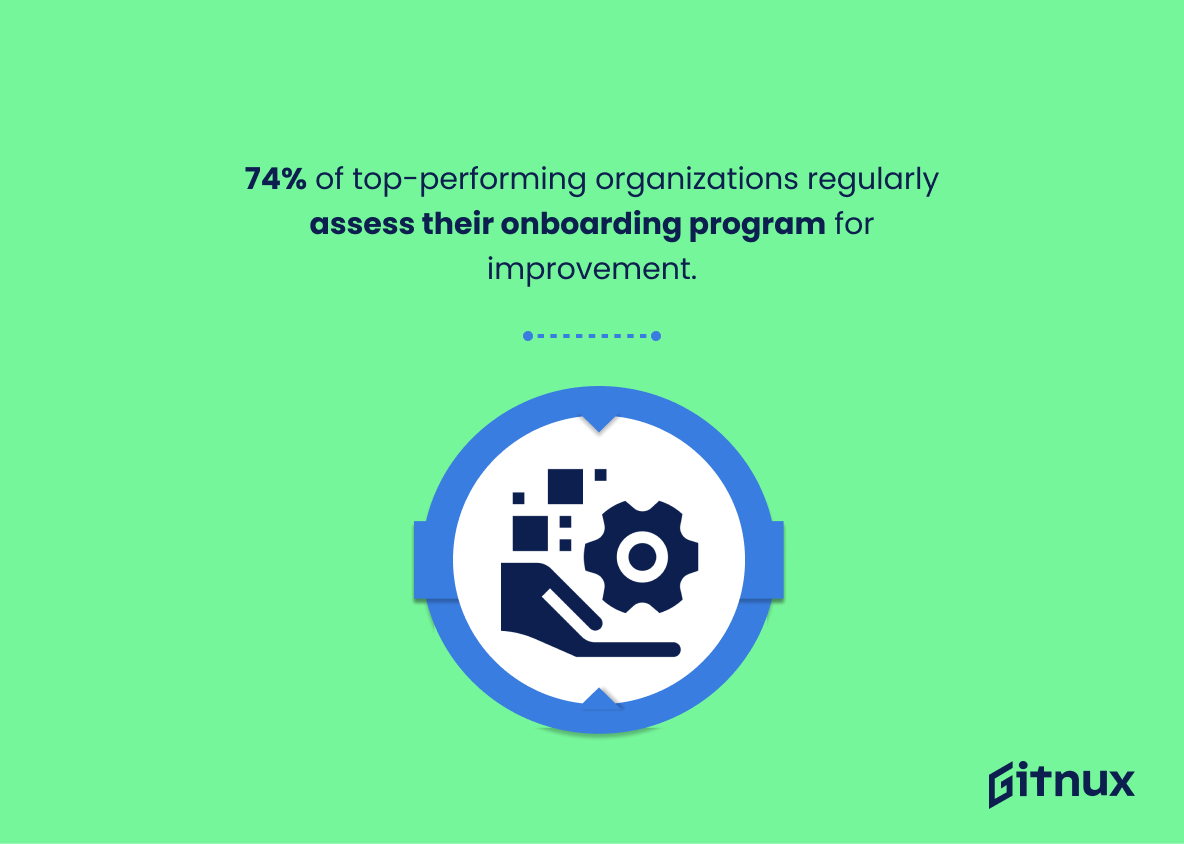Onboarding is an essential part of any successful business. It’s the process of introducing new employees to the company and getting them up to speed on their job responsibilities. It’s also a great opportunity to start building relationships with new team members and ensure they feel welcomed and supported. But it is not enough to just onboard new employees, it is important to measure the effectiveness of your onboarding process.
By understanding onboarding statistics, you can identify areas for improvement and ensure that new employees are set up for success. In this article, we will explore some key onboarding statistics and discuss how they can help you optimize your onboarding process.
Onboarding: The Most Important Statistics
63% of customers consider the company’s onboarding program when making a purchasing decision.
55% of companies said that onboarding was their biggest challenge when it comes to remote work.
General onboarding statistics
According to a study by Glassdoor, organizations with a strong onboarding process improve new hire retention by 82%.
Only 32% of companies have a formalized onboarding program.
A survey conducted by TeamStage found that only 12% of employees feel that their organization provides a good onboarding program.
According to Forbes, companies without an onboarding program experienced a 50% higher turnover.
According to a survey by HR Dive, 37% of companies delayed their onboarding programs due to the COVID-19 pandemic, and 33% have moved their onboarding process to a virtual format.
In a Digitate survey, 77% of employees who had a formal onboarding process felt more connected to their organization, and 54% were more likely to stay with the company for more than three years.
According to a survey by HR Daily Advisor, onboarding was the second most important HR initiative for 2020, with 40% of HR leaders stating that it was a top priority.
Digital customer onboarding
According to a study by Signicat, companies that offer digital onboarding experience a conversion rate of 80-90%, compared to a 30-40% conversion rate for traditional paper-based onboarding.
63% of customers consider the company’s onboarding program when making a purchasing decision.
70% of customers say understanding how they use products and services is very important to winning their business.
According to Marous, new research confirms that about 50% of institutions say they engage in customer onboarding.
According to a recent study by Forrester Research, 89% of customers reported that they would pay more for companies with better customer onboarding processes.
Remote employee onboarding
According to a report by LinkedIn, remote onboarding increased by 20% in 2020, as a result of the COVID-19 pandemic.
According to a study, remote onboarding can save up to 90% time and cost required for traditional in-person onboarding.
Remote employees who received comprehensive onboarding were 18% more likely to feel satisfied with their job, compared to those who did not.
Only 39% of employees said they received the right level of support during remote onboarding, while 18% said they received no support at all.
Onboarding challenges and solutions
According to a survey by Sapling, 33% of new hires feel overwhelmed by the amount of information presented during onboarding.
In another study, Sapling reported that using a standardized onboarding process and technology solutions can reduce the length of the onboarding process by up to 50%.
In an Upwork survey, 26% of employees said that paperwork and administrative tasks were the biggest obstacles during onboarding.
According to HR Technologist, personalizing the onboarding experience can help reduce information overload and improve engagement.
55% of companies said that onboarding was their biggest challenge when it comes to remote work.
Virtual onboarding can help companies overcome the challenges of remote work, by providing a more engaging and interactive experience.
The effectiveness of onboarding
According to a report by the Harvard Business Review, companies with a structured onboarding program had a 16% increase in customer satisfaction.
According to McKinsey, companies with a comprehensive onboarding program are 30% more likely to retain women and 45% more likely to retain minority employees.
Companies with a structured onboarding program experienced a 54% increase in employee productivity.
Employees who had a positive onboarding experience were 82% more likely to stay with the company for at least three years.
The best onboarding practices
According to a LinkedIn report, 53% of new hires said that setting clear expectations and goals during onboarding was the most important factor in their success.
Using interactive tools like quizzes and gamification can help to engage new hires during the onboarding process.
74% of best-in-class organizations regularly evaluate the effectiveness of their onboarding program to identify areas for improvement.
According to Forbes, new hires who have a buddy or mentor to guide them through their onboarding process are more likely to feel connected to the company and stay longer.
Conclusion
Onboarding is a critical process for any organization, and the statistics show that it can have a huge impact on both customer and employee satisfaction and retention. Companies that invest in onboarding programs see higher productivity, better job performance, and improved engagement. By taking the time to create a comprehensive onboarding program, organizations can set their employees up for success and ensure that they have the tools and resources they need to be successful in their roles.
References
ResearchGate: “Onboarding: The power of connection”, cited February 2023 (Source)
G2: “50 Onboarding Statistics to Improve the Employee Experience”, cited February 2023 (Source)
TheBusinessBlocks: “20 Employee Onboarding Statistics You Need to Know in 2022”, cited February 2023 (Source)
FinancesOnline: “122 Vital Onboarding Statistics: 2023 Market Share Analysis & Data”, cited February 2023 (Source)
Techjury: “Onboarding: The power of connection”, cited February 2023 (Source)
Continu: “41 Onboarding Statistics & Trends You Need to Know!”, cited February 2023 (Source)
Scribe: “50 Essential Remote Employee Onboarding Statistics in 2023”, cited February 2023 (Source)
Webinarcare: “50 Essential Remote Employee Onboarding Statistics in 2023”, cited February 2023 (Source)
Forbes: “14 Onboarding Best Practices (2023 Guide)”, cited February 2023 (Source)
Glassdoor: “14 Onboarding Best Practices (2023 Guide)”, cited February 2023 (Source)
ZipDo, cited June 2023: Onboarding Statistics
